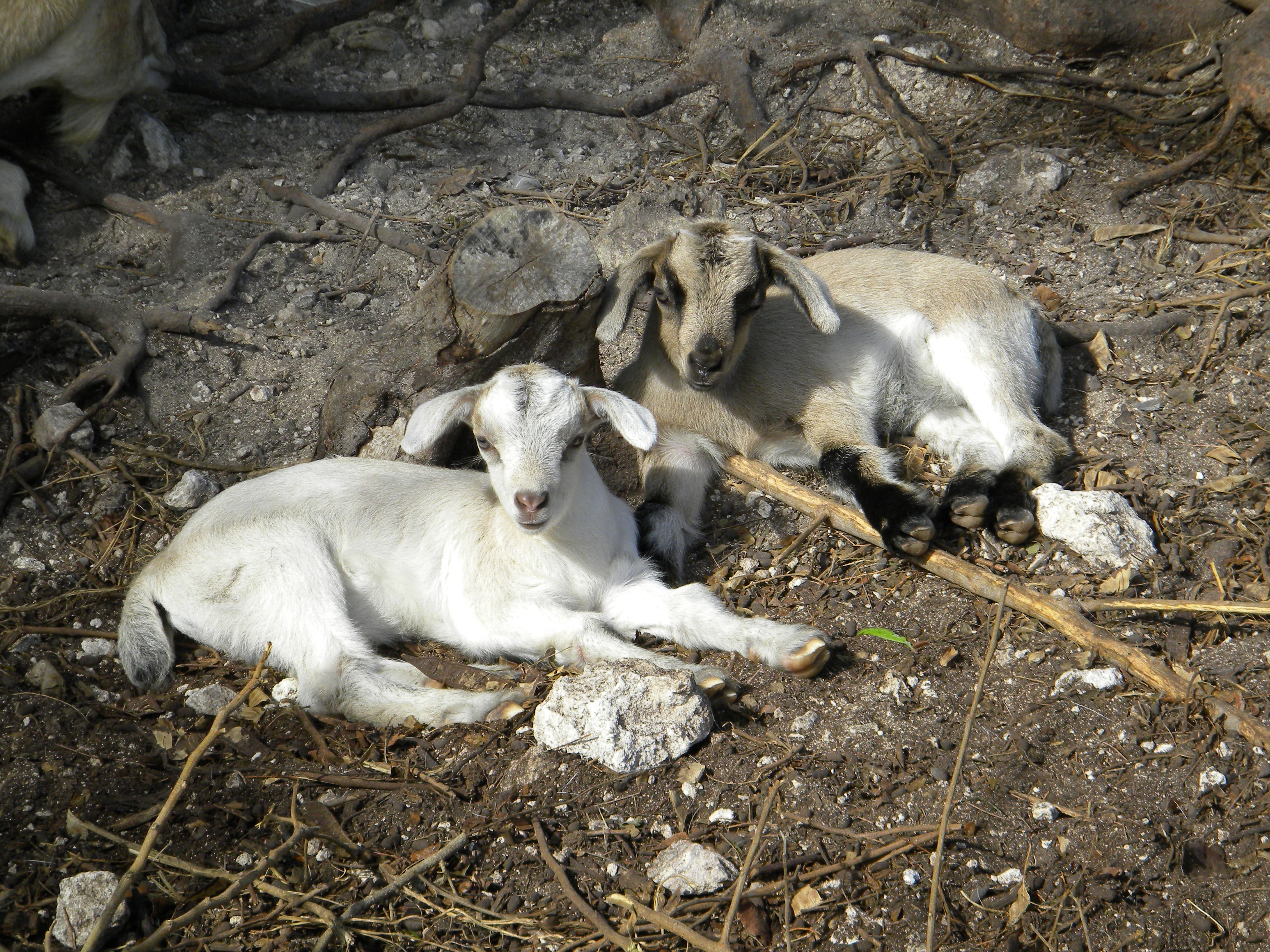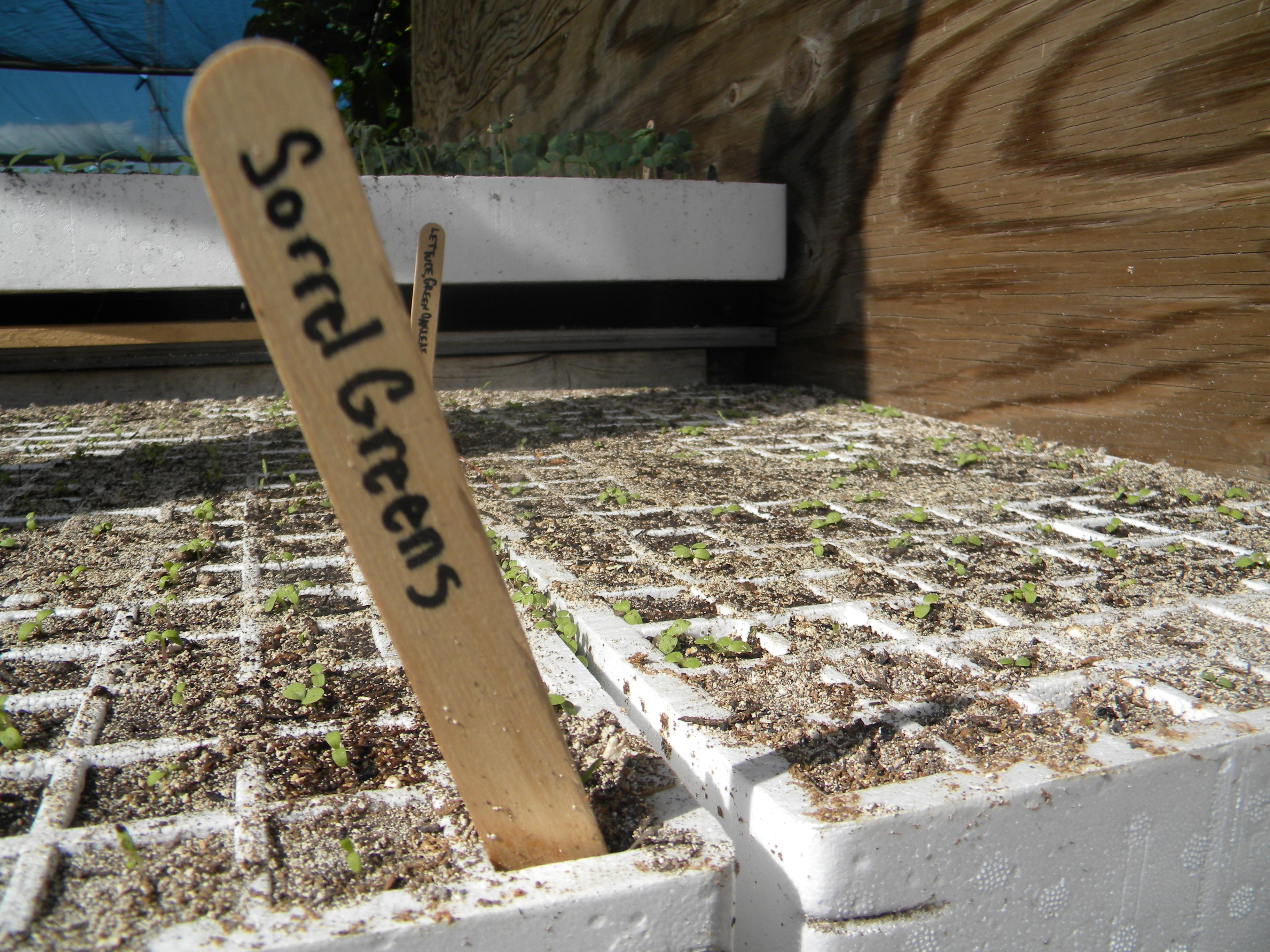
With six new kids in the goat pen, ducklings on their way, and new seeds planted in the shade house, the CEI farm has been bustling with activity since the start of the New Year. On Sunday, January 9th Sunday and Eli were born (see picture below), followed a week later by Bonnie and Flapjack. This past Monday, January 17th Sonny became a mother as well, welcoming Moon and Shadow into the CEI goat family. With the increase in herd size from four to ten in a matter of eight days, there has been a lot of hype about the goats at the farm. They are now happily nursing and even the youngest and smallest of the kids has begun nibbling on the green leafy stuff their mothers prefer. How fast they grow!

The female ducks are sending a steady supply of eggs to the kitchen, and two are expecting ducklings in the coming weeks. Having scavenged through theshade house gardens, the male ducks are now contained in a pen of their own to protect future string bean plants. With the help of students from visiting programs, two new vertical gardens have been installed and are now lined with lettuce, grown in preparation for the upcoming Island School spring semester.
Papaya, passion fruit and noni fruits are all ripening in the orchard, and the jujubes are dropping from their tree’s thorny branches at an astonishing rate. Daily harvests last week yielded over 15 gallons of these little red fruits, which were then turned into a delicious Juju jam- a wonderful addition to breakfast each morning. Plans are now in the works to make a Jujube pie…
As we roll out of January and into February, new crops will be planted and old ones transplanted to refurbish and redesign the farm. Within a few weeks we should expect to see tomato, sorrel greens, basil, stevia, romaine lettuce, marigolds, dill and more all happily planted and growing strong.








